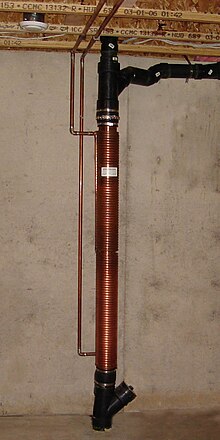Assuming a 2gpm low flow shower, at mid-winter incoming water temps of 40F and 105F out of the showerhead that's a 75F rise, and about 1000lbs of water per hours, which is (1000lbs x 75F=) 75,000 BTU/hr, which is ~22,000 watts.
Got an "extra" 100 amps of 240V of capacity in your panel?
If the tank is already hotter than 105F it can deliver the whole shower. If it drops to 70F after multiple back to back shower's the tankless has to deliver 12,000 watts, which is still a huge load. A standard electric tank only draws 4500 watts, a heat pump water heater even less.
Regarding long term efficiency...
If it's showering capacity you're after and you have more than 5' of vertical drain downstream of the shower, a 4" x 4' drainwater heat exchanger can return about half the heat from the water that's going down the drain, which would turn a 45 gallon indirect into an "endless shower" situation even with a pretty crummy boiler setup. That's also a grand or so, but unlike an 80 gallon indirect the extra "apparent capacity" in showering mode doesn't use any fuel.
It won't enhance tub-filling capacity but it'll more than double the apparent capacity in showering mode if the tepid water output is feeding both the cold side of the water heater and the cold potable feed to the water heater. I have a 4' x 48" in my house, but if you have the vertical space for more the additional return efficiency would deliver both a faster return on investment in reduced oil use, and higher apparent capacity for the water heater.
Renewability's PowerPipe series are listed as pre-approved potable fixtures in MA, and can be purchased direct from the manufacturer or through Home Depot. Sometime they are available on Amazon, sometimes not. Some of EcoInnovation's Thermodrain series are also approved in MA, but no longer available for direct purchase, and I'm not aware of any US distributors. Any others would require a variance to be code-approved in MA. Ecodrain's V1000 series have really great specs for both return efficiency and minimal pressure drop, but aren't currently listed for MA (or weren't the last time I looked.)



